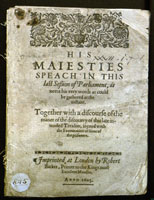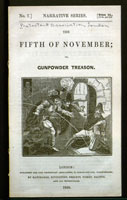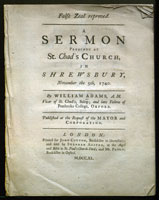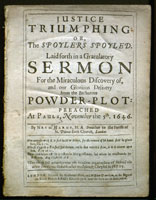 Today is Guy Fawkes Day. This day commemorates the foiled Gunpowder Plot, a plan to assassinate King James I by blowing up the House of Lords during the king's opening address on November 5, 1605.
Today is Guy Fawkes Day. This day commemorates the foiled Gunpowder Plot, a plan to assassinate King James I by blowing up the House of Lords during the king's opening address on November 5, 1605.
The Protestant James I was less favorable to religious freedom than many of his subjects had hoped he would be. Led by Richard Catesby, a small group of English Catholics planned to kill the king, place his Catholic daughter on the throne, and start a popular revolt in order to restore the country to Catholic rule. They rented a storage area under the chamber of the House of Lords and packed it with gunpowder, intending to ignite it when the king visited to open the session.
 An anonymous tip in the early hours of November 5 led to the arrest of Guy Fawkes, who had been guarding the explosives, and who confessed the details of the plot under torture. Several other conspirators were captured and sentenced to be hanged, drawn and quartered, a fate Fawkes avoided by jumping off the scaffold to his death.
An anonymous tip in the early hours of November 5 led to the arrest of Guy Fawkes, who had been guarding the explosives, and who confessed the details of the plot under torture. Several other conspirators were captured and sentenced to be hanged, drawn and quartered, a fate Fawkes avoided by jumping off the scaffold to his death.
James allowed his subjects to celebrate his survival with bonfires, and the observance became mandatory the next year with the passage of the Thanksgiving Act. Early celebrations involved artillery salutes, bell-ringing, sermons, and fireworks.


Special Collections has a few dozen pamphlets related to Guy Fawkes Night celebrations, from King James' speech in 1605 to Victorian tracts and sermons. Find a full list of holdings in the MERLIN library catalog.



